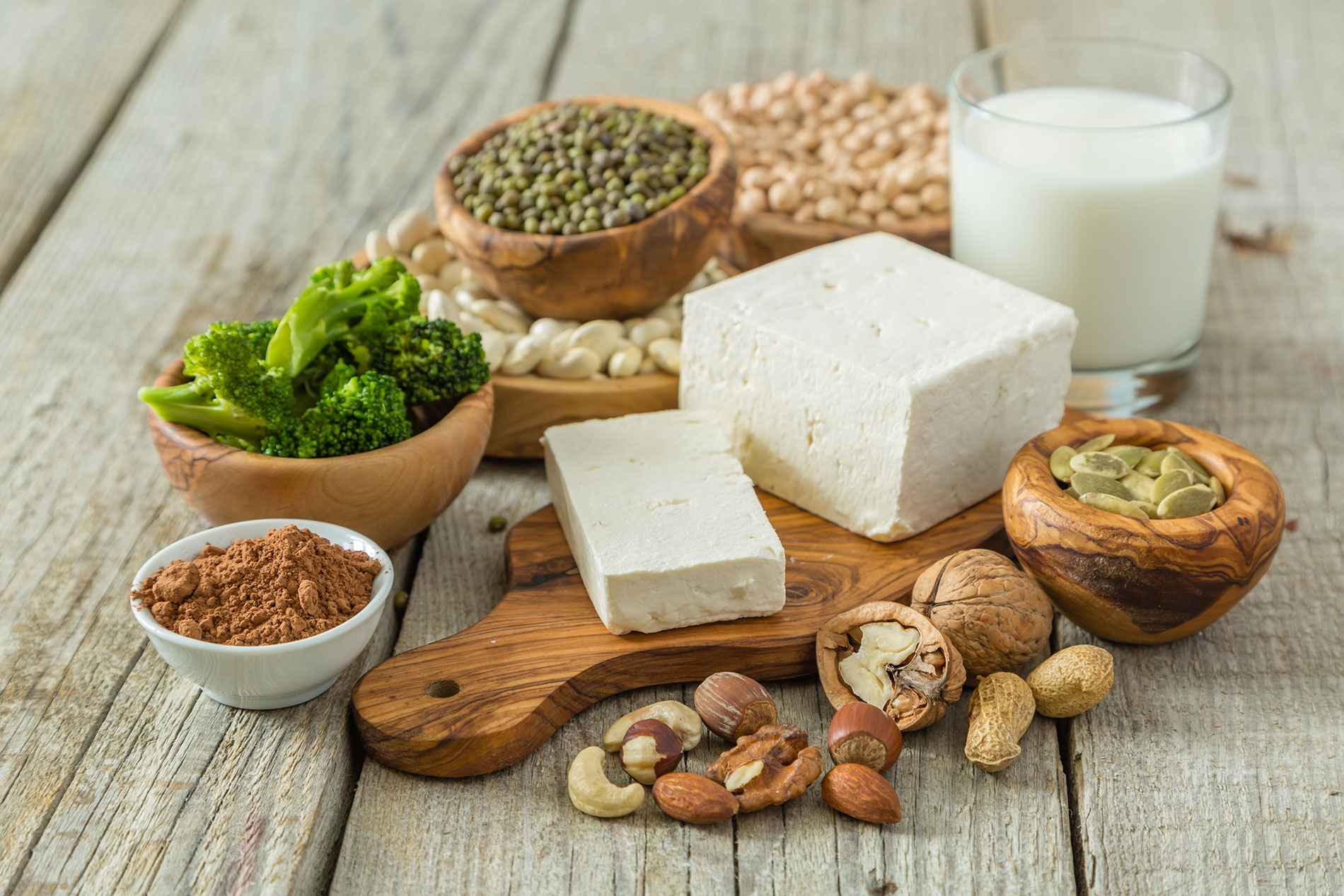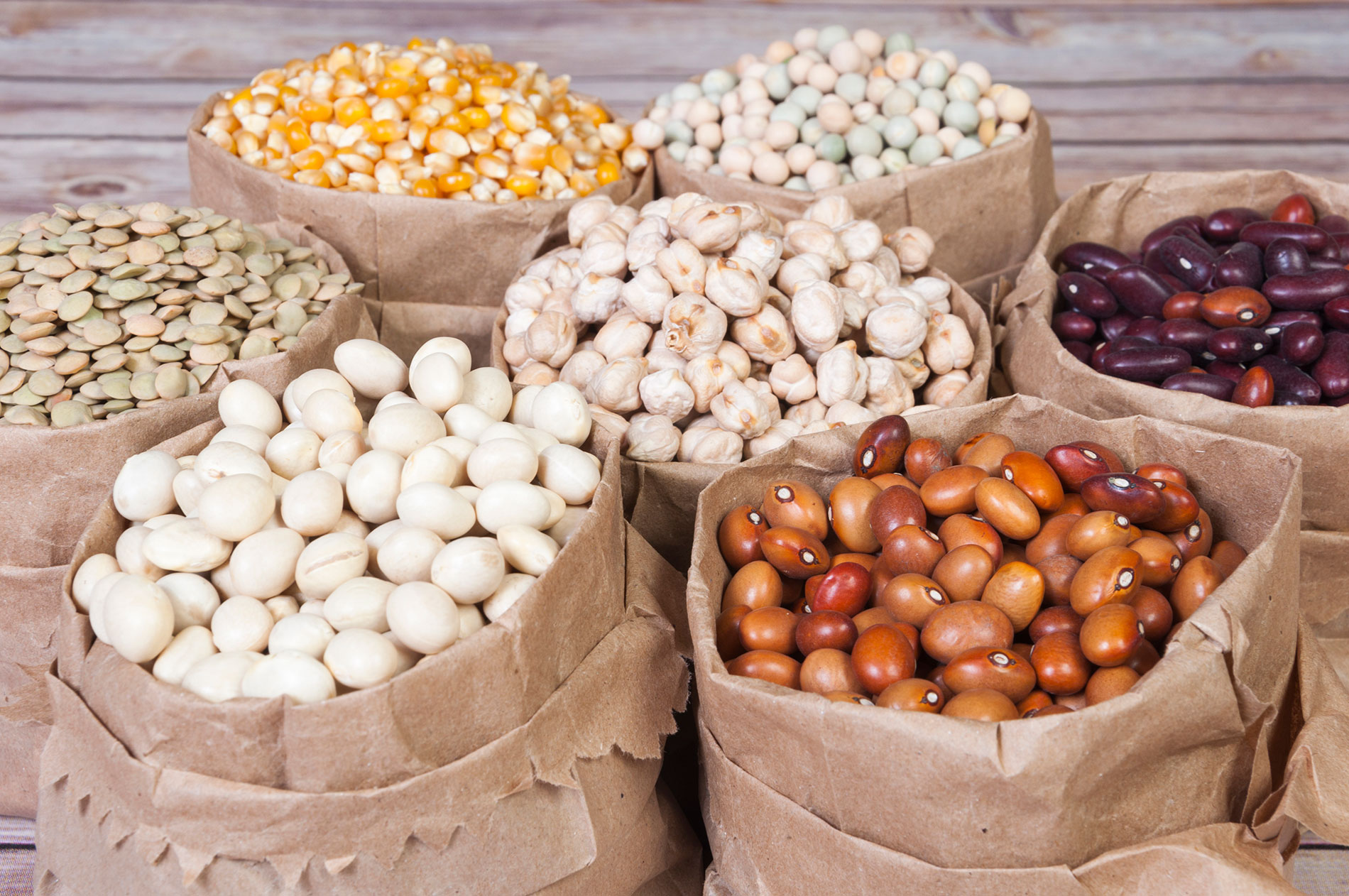Vegetables that contain protein
Which vegetables contain protein and what is the difference between animal and vegetable protein? We tell you.
TRIED AND TESTED
Share

We tend to think that meat and fish are the main sources of protein but, despite these two foods containing a large amount of protein, they are not the only ones. You can also find it in vegetables, although in much smaller amounts. In fact, many studies point out that it is possible to survive on diets that are totally based on vegetables and legumes or vegetable products, and that you will not be lacking in any type of nutrient. With variety and planning everything is possible.
Differences between vegetable and animal protein
Protein is an essential nutrient in any type of diet and you can find it in various foods, both in legumes and nuts as in meat. In fact, the protein provided by the former is known as vegetable protein, while that provided by the latter is called animal protein.
The main difference between animal and vegetable protein is its nutritional quality. Animal protein is considered to have a higher biological value as it contains all the essential amino acids that your body needs to function and which it is unable to synthesise for itself. Vegetable protein does not have this quality, as it does not contain essential amino acids. However, you need to keep in mind that, by correctly combining different types of vegetables, you can acquire all the essential amino acids. Also, vegetable protein is usually accompanied by antioxidants, fibre, hydrates and other micronutrients, while animal protein is usually accompanied by fats.

Protein for vegetarians: how to consume it
Each day, the human body needs to consume protein in every meal. The most recommended way to find out about the quantity of protein that you should include is to follow the plate proportions. Half of the plate should always be vegetables, whether cooked or raw; half of the other half, that is, a quarter, should contain protein; and the remainder should be carbohydrates. By doing this, you will know what ingredients to add to your meals.
Breakfast. You need energy and protein to start the day. You can add a little humus to your breakfast toast or have some cereal flakes with nuts.
Lunch. Legumes are an excellent source of protein and they can be eaten in many ways: in a stew, a salad or even as type of pasta. Many supermarkets offer pasta made with legume flour.
Dinner. This is the perfect time or opportunity to try meat substitute products, such as tofu or seitan. You will find it hard to differentiate between the flavour of some of these and real meat.

List of protein-rich vegetables
Food | Protein per 100 g |
|
|
|
|
|
|
|
|
|
|
|
|
|
|
|
|
|
|






